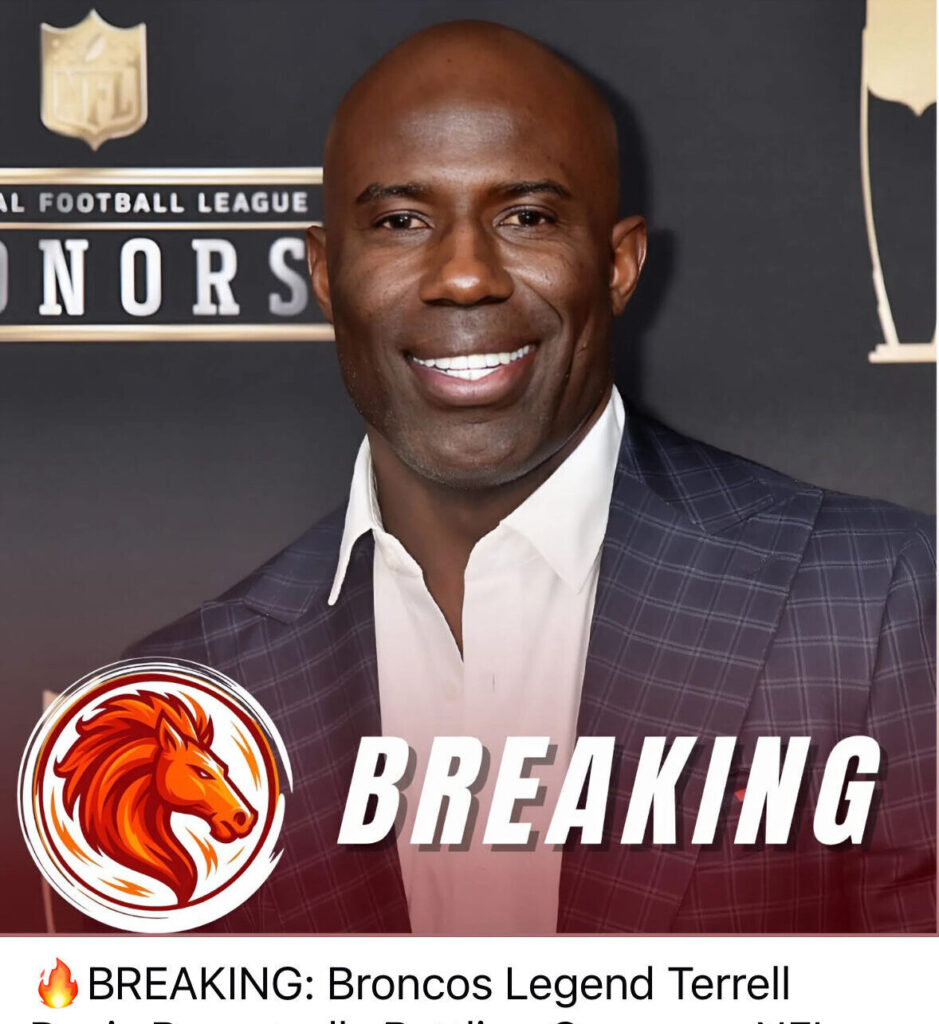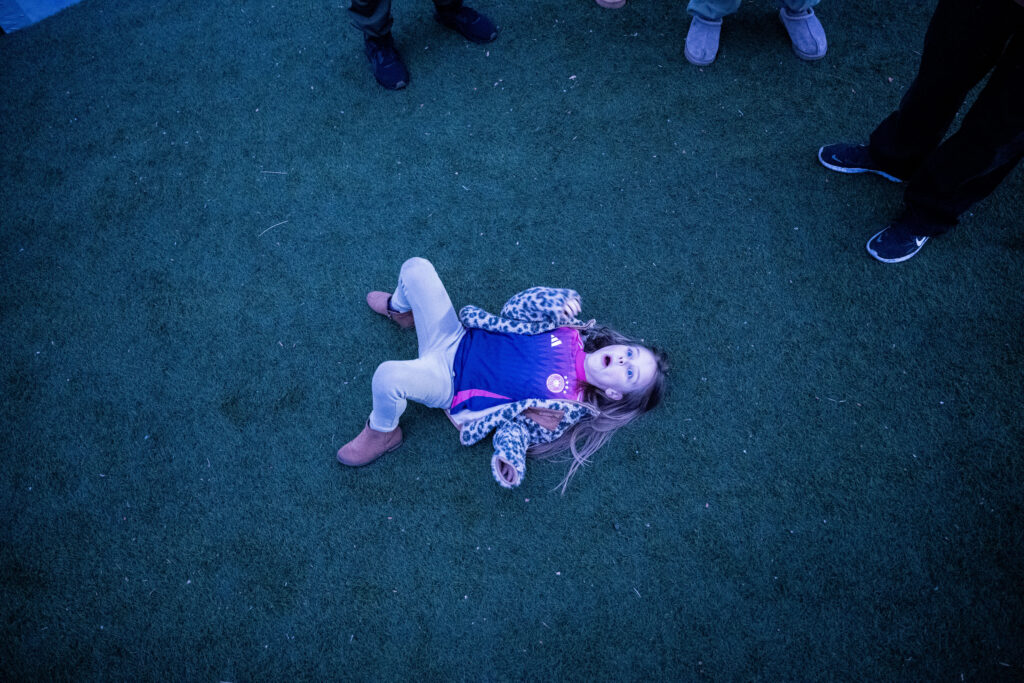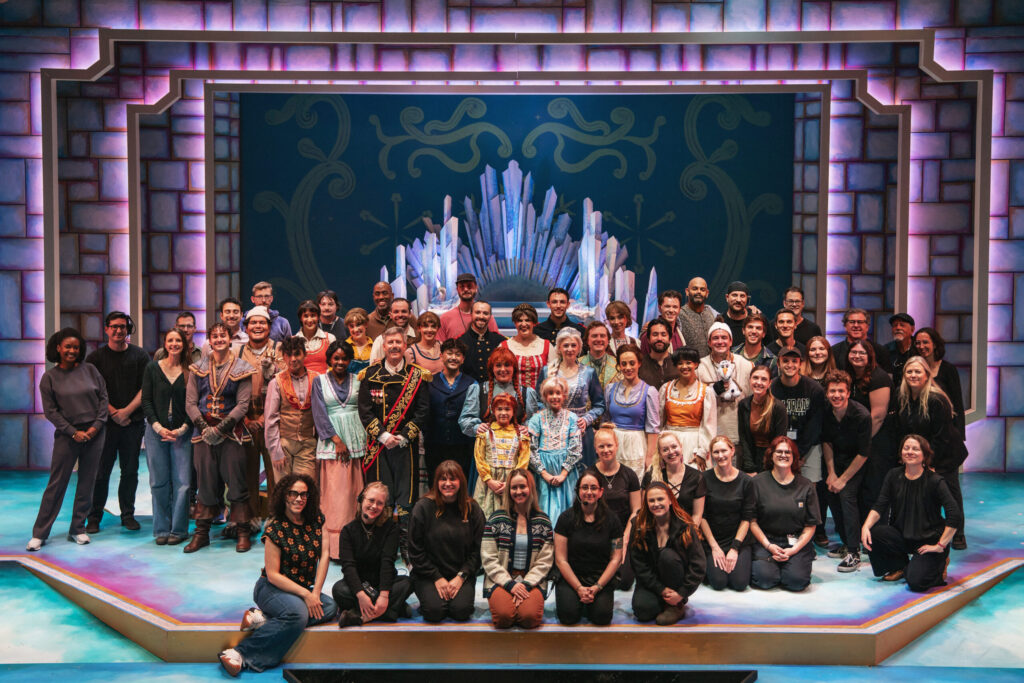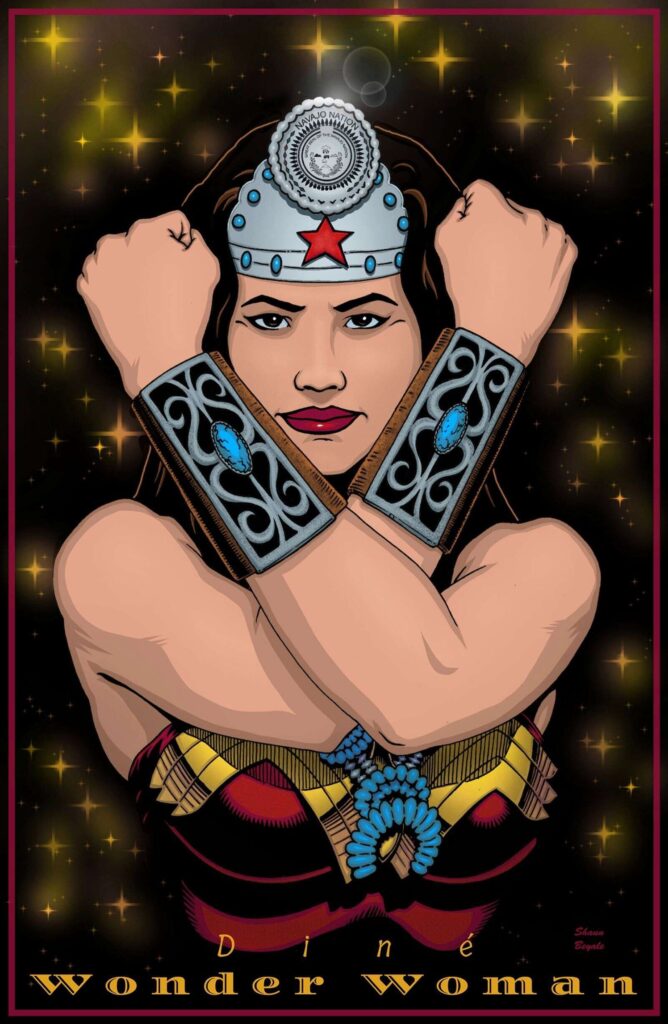Southern Colorado visionary basks in the glow of Neon Alley
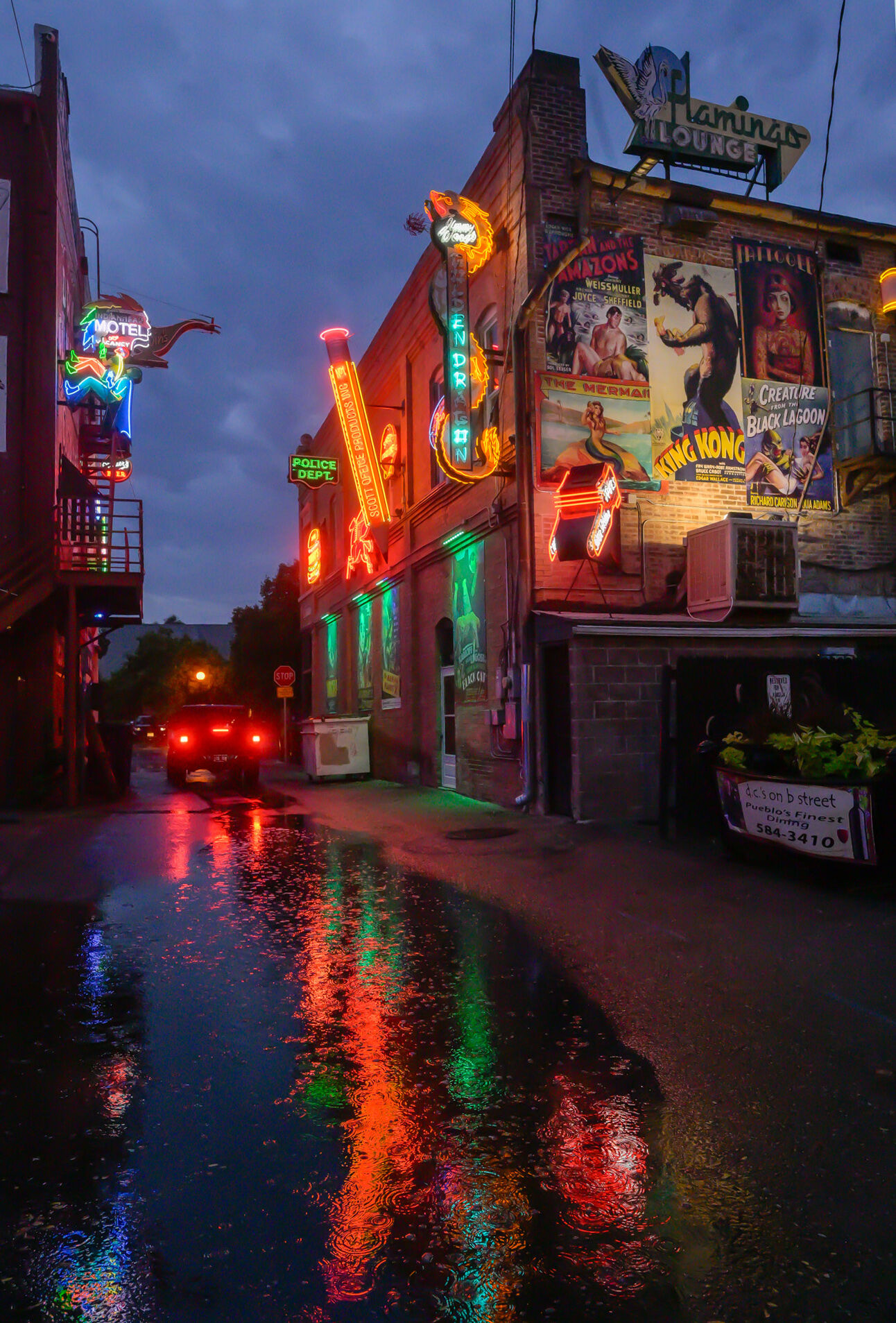
PUEBLO • Joe Koncilja finishes dinner inside one of the several buildings he owns around this downtown block. He leaves a hefty tip, asks the lessee if anything is needed, anything at all, and then staggers out into the rainy night.
He’s walking with the help of a cane. He’s been moving slower recently. “It’s been a rough year,” his wife, Tallie, had said earlier, as she wrapped her arm around the man overcome by emotion.
The cancer had spread. The diagnosis was terminal.
But Koncilja, 75, is not thinking about that now as he steps into the night aglow.
He’s thinking about the neon signs that need fixing, the few that have burned out — just a few among the bright, nostalgic array hanging above this alley.
“The electrician is coming,” Tallie assures him.
This is a pride and joy of Koncilja’s: Neon Alley, the free attraction that has swept social media and brought people from afar to this historic corner of his hometown. Neon Alley is the most curious addition to the Union Avenue Historic District that he has spent much of his life revitalizing.
This is maybe the most personal addition; Koncilja has loved neon since childhood. And this is probably the most fun, different from his work on buildings.
“I’ve always liked alleys. I think they’re more interesting than storefronts,” he says. “They’re mysterious.”
Perhaps not unlike the man himself. Koncilja shrugs. “I’ve led a pretty colorful life.”
* * *

In Pueblo, Koncilja is first and foremost known as a leading attorney. He is also known for restoring the Pueblo Union Depot. The old train station is the iconic centerpiece of a portfolio that has spanned beyond his dozens of residential and commercial spaces around Union Avenue, which he saw listed on the National Register of Historic Places in 1982.
That decade, Koncilja embarked on the preservation venture alongside his younger brother. This was while simultaneously growing a law firm with Jim.
“To my brother’s credit, he also found the time to renovate probably another 30 or 40 homes and historic areas around Pueblo,” Jim says. “Again, with this idea that if you renovate a property on a block, it sets an example for the rest of the homeowners, and maybe they’ll be inspired to improve their property.”
This has been Joe Koncilja’s big idea: to inspire a love for Pueblo.
He is among proud, native sons who know the town to be misunderstood, from afar given a reputation based on headlines. Recent headlines have regarded U.S. News and World ranking Pueblo as one of the 10 “most dangerous cities in the U.S.”
But just as Koncilja has worked to reverse that reputation, he has also worked in the very depths of that reputation. The criminal defense attorney has litigated some of Pueblo’s most notorious cases over the years.
He thinks maybe 25 murder cases. “Probably 100, 150 sexual assault cases,” he says, not letting himself think much more. That, or he’s not letting himself talk much more — a man seemingly caught between moral and professional worlds.
His family has seen the emotional toll of the career.
“But he always had a hand in other projects,” says his eldest son, Joe. “I think those projects and the real estate have kind of been an escape for him.”
Projects such as Neon Alley.
Here he is now under the swirl of color, the lights accentuated by the rain: reds, greens, yellows and blues of brands past and present hanging amid vintage movie posters.
The McDonald’s arches stretch here. Over there a cheeseburger recalls Tommy’s Super Burgers. Here are the “HOLLYWOOD” letters. Here are the logos for Goodyear, Shell and Sunoco. There is a cigar displaying a shop gone by, like the shoe repair shop marked by a shoe and an office supply shop marked by a pencil.

Here’s Aladdin’s lamp. There’s the Michelin man. A lime drops into a Corona bottle. A dragon scales a brick wall, across from another brick wall that Batman and Robin are climbing, up toward Koncilja’s third-floor office.
If not down here in the alley, Koncilja can often be found up there in the office. The windows are often open. And so he often hears the excited chatter of picture-takers below, as does his wife.
“It’s kids doing prom pictures, homecoming pictures, graduation pictures,” Tallie says, not to mention Instagrammers from near and far. “It’s gotten incredibly popular.”
Mission accomplished for Koncilja. Or so it would seem.
“I’ve got probably 20 more signs to put up,” he says.
* * *
Neon is not the only thing Koncilja collects. That is clear from a look around his office building, one of his earlier restoration projects here on Union Avenue.
The office is a compendium of antiques and oddities — pinball machines, wooden ship models, German cuckoo clocks, vintage rifles and swords. An old trolley is parked outside. An old telephone booth greets one through the door.
Koncilja traces the varied interests to childhood.
He grew up in a poor neighborhood of immigrants, his Slovenian and Italian grandparents among them. His father worked long hours as a butcher by day, his mother as a nurse by night, so the kids spent a lot of time with their grandparents.
“They would take us down to Union Avenue, as a matter of fact,” Koncilja says. “Grandmother would go through all the rummage stores.”
But nothing could quite match the sight over on Santa Fe Avenue. That’s where a company displayed a neon sign — an Indian chief whose headdress of feathers would change colors in the big, bright eyes of a boy.
“We’d always beg our dad to drive us by that sign so we could see it,” Jim Koncilja says.
The neon interest never left his older brother. Neither did another interest.
“When he was 16 or so, he used to go to the local public defender’s office,” Jim says. “He’d just sit on the bench and watch whatever was going on.”
The men in suits, the way they defiantly spoke and spun stories, the way those stories twisted and turned as if for TV — it was all a thrill seemingly far from home. Koncilja would indeed travel far from home.
As a young man in the ’70s, he bounced among San Francisco, Los Angeles, Chicago and Washington, D.C. He worked as a political organizer, rubbing elbows with men who wore fancy clothes, drove fancy cars and ate in fancy restaurants. Koncilja would stay at fancy hotels.
“It was really kind of surreal,” he says.
Through law school, he got to know more about Melvin Belli — “an absolutely flamboyant lawyer and brilliant lawyer,” Koncilja says. Along with pioneering victories involving personal injury, Belli represented celebrities both famous and infamous. Belli maintained a plush office in San Francisco, where he’s remembered for shooting a rooftop cannon to announce wins and parties. (He’s also remembered for five divorces.)
“I never met him, but I would go past his office and sometimes go into his office,” Koncilja says. His read on the man: “very much a narcissist.” And, he admits: “kind of an inspiration.”
As were lawyers he knew back in Los Angeles, who reveled at a bar they owned. Koncilja was again inspired; he would own a bar back in Pueblo. He knew he’d return out of law school: “I just thought I’d be able to make it and do my own thing.”
Maybe he’d be some version of those big men in the big cities. And maybe he’d still be some version of that kid in the poor neighborhood, the boy raised to work hard and go to church around the corner.
“You were raised to be humble,” Koncilja says.
* * *

Koncilja bought the bar building out of foreclosure, amid a sharp economic downturn in the ’80s. As the steel mill languished, so did Pueblo.
Around the Union Avenue office Koncilja would share with his brother, structures were being boarded up.
“We were looking at all these old photos, and we saw the grandeur that Pueblo once was,” Jim recalls. “We said, ‘You know, maybe we can put some of this back together.'”
The historic district’s restoration was decades in the making, helping spur the flourishing, nearby riverwalk that is today. That redevelopment was celebrated in 2000, ahead of the brothers’ signature purchase a year later: the Pueblo Union Depot.
All along, Koncilja kept his focus. “I love the depot, I love my office and these other buildings,” he says. “But trying to be a good lawyer was always the most important thing to me.”
It was not as easy as those lavish lifestyles back in California suggested.
“He was a guy that worked 12 hours a day. Every Saturday he worked,” says Koncilja’s son, Joe.
His wife worried about him sleeping as more cases took him north to bigger cities and south to smaller towns. “He always had a driver,” Tallie says. “When he slept, it was when he was in the vehicle.”
How could he sleep with lives on the line? That’s how he saw his work as a defense attorney. “You don’t charge people money and not give them a result,” he says.
Early in his career, it was largely about convincing judges and juries in drunk driving cases — serious cases, to be sure. “But murder cases are a different story,” Koncilja says.
As were sexual assault cases. Sometimes the one he needed to convince was the alleged victim, the clearly distressed one on the stand.
“I hated that,” Koncilja says quietly.
He’s quiet, caught again between those moral and professional worlds.
Somewhere in between was another world he created — a world of historic preservation and neon.
“If I had a bad day at court and I had a project, I would absolutely go and do that project,” he says. “To see you were making something, and you weren’t just living in the (filth). You were helping to make something happen, which was making a community beautiful.”
* * *
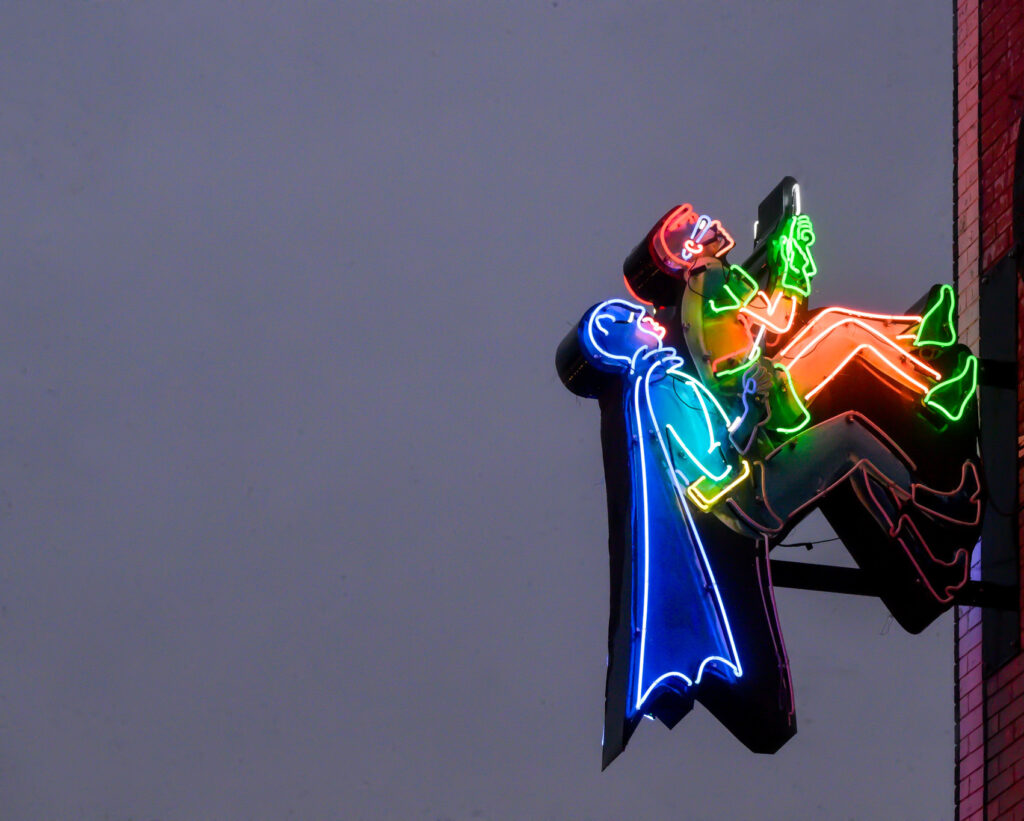
There’s more work to be done, something he has contemplated since the diagnosis.
Last summer, into his 70s, he was still working long hours, preparing for a murder trial. He hadn’t been feeling well. He was losing weight. Suddenly, he couldn’t walk.
“I had prostate cancer, and it spread all the way to my spine,” he says.
Koncilja built his career being tough, vicious even, as he felt he had to be in the courtroom, questioning those alleged victims. “There’s a difference between being vicious and cruel, that’s a fine distinction,” he says. “I always tried not to be cruel.”
Now he tries not to cry. These days he can’t help it.
“All of a sudden, you go from your life working to you’re gonna be dead,” he says. “I still have a hard time.”
The work will continue.
“He’s charted the course,” says Joe, the eldest of four sons who are all following that course.
They’ve been busy restoring an old motel and church. And, more recently, the revitalized Orman Mansion, among Pueblo’s most historic and most recognized buildings.
They bought the mansion against their dad’s advice, and for that he is most proud. It’s how he credits his own success: “I took chances. I did my own thing.”
As he did with Neon Alley.
When he was hanging signs, he looked around and saw confused people. Now people sound joyous. He has heard them from his office window above.
“When I was not sick, I would work late almost every night,” he says. “To come out and see that neon, to see people, it was such a sense of pride.”
A sense of pride he feels now as he steps out into the rainy night.
He’s proud, pointing out all his favorite signs. “I really like that one,” he says, motioning to a cross with red letters: “JESUS SAVES.”
The letters are faint. But soon the electrician will come, fixing those lights and some of the others, and everything will be even brighter.
Everything is brighter after the rain. That’s why Koncilja loves nights such as these.
The wet pavement and puddles reflect the colors so that the light is all around him. And he’s smiling, as if he’s that boy again, gazing at that old neon sign, his eyes big and bright, taken by the glow.









